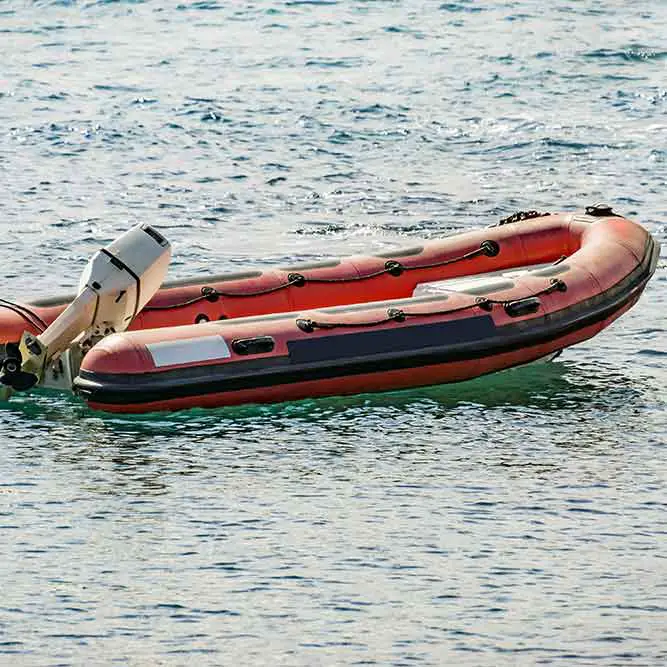Canadian couple James Brett Clibbery, aged 70, and Sarah Justine Packwood, aged 54, from Salt Spring Island, British Columbia, were discovered dead in a 10-foot inflatable lifeboat on Sable Island, Nova Scotia. Their demise came almost a month after they set sail from Halifax Harbor on their environmentally friendly yacht, Theros.
Through their YouTube channel, Theros Adventures, the couple chronicled their voyages, aiming to showcase the possibility of long-distance travel without relying on fossil fuels. Their 42-foot yacht, powered by electricity, solar panels, batteries, and a retrofitted car engine, set sail from Halifax on June 11, with the Azores, a Portuguese island cluster approximately 2,000 miles away, as their destination.
They expected their journey, known as “The Green Odyssey,” to last 21 days. However, on June 18, 2024, Clibbery and Packwood were declared missing. The last recorded location of Clibbery’s GPS device was roughly 40 miles southwest of Sable Island on June 13. Their bodies were found on Sable Island, often dubbed the “graveyard of the Atlantic” due to its history of shipwrecks, on July 10.
Their deaths have deeply affected their loved ones. Clibbery’s son, James, shared his sorrow in a Facebook post, saying: “They were incredible individuals, and nothing can fill the void their, as yet unexplained, passing has left. Life won’t be the same without your wisdom, and your wife swiftly became a source of knowledge and kindness. I miss your smiles. I miss your voices. You will always be missed.”
The Royal Canadian Mounted Police (RCMP) are looking into the couple’s deaths. Early findings do not suggest any criminal activity. They believe that the lifeboat in which the couple was found originated from their yacht, Theros. The investigation, which is still ongoing, is exploring several theories, including the possibility that their yacht may have been hit by a passing cargo ship that failed to notice them. As of now, no wreckage of the Theros has been discovered.
In a video they posted on April 12, Clibbery outlined their mission, saying: “We’re doing everything we can to show that you can travel without burning fossil fuels.” Packwood added, “It’s probably the biggest adventure of our lives so far.”
The couple’s story, including their meeting in London in 2015, was featured in a 2020 article in The Guardian. Clibbery, a retired engineer, was preparing to donate a kidney to his sister when he met Packwood, a humanitarian worker from the UK. They got married on the Theros in 2016 and relocated to Canada in 2018, continuing their sailing adventures thereafter.
The RCMP has stated that DNA tests are being carried out to confirm the identities of the remains. The Nova Scotia Medical Examiner Service has identified one set of remains as Clibbery’s, and investigators are confident that the other remains are Packwood’s.
Sable Island, where the couple’s bodies were found, is a crescent-shaped sandbar known for its wild horses and dangerous waters. According to the Maritime Museum of the Atlantic, it is situated about 190 miles southeast of Halifax and has been the site of over 350 shipwrecks since 1583.
In 1583, one of the earliest recorded shipwrecks occurred when the HMS Delight, part of Sir Humphrey Gilbert’s North America expedition, ran aground on Sable Island. The survivors had to endure harsh conditions, with many dying before they could be rescued.
Further adding to Sable Island’s shipwreck history, the Catherine was lost in its waters in 1737 while on a trip from Boston to London during a violent storm. Only a few crew members survived, clinging to the wreckage until they were saved by passing ships.
The 19th century witnessed numerous shipwrecks on Sable Island. The Francis, a British brig, was lost in 1800 with no survivors. In 1854, the Arcadia was wrecked, resulting in 68 casualties. These incidents highlighted the need for lifesaving measures on the island.
The Humane Establishment was founded in 1801 to address the high number of shipwrecks. This organization provided lifesaving services, including lighthouses, houses of refuge, and lifesaving stations. The Humane Establishment crew worked tirelessly to rescue shipwreck victims and maintain the island’s infrastructure. The organization operated for 150 years, ending in 1958 after 11 years without a shipwreck.
One of the most notable shipwrecks of the 19th century was the British barque Crofton Hall which ran aground on the northeast bar of Sable Island during a severe storm in 1898. The crew’s survival was challenging due to the harsh conditions, and rescue efforts were hindered by the stormy weather. Artifacts from the Crofton Hall are now part of the Maritime Museum of the Atlantic’s collection.
In the same year, the French liner La Bourgogne collided with another vessel in heavy fog, causing it to sink quickly and resulting in the loss of over 500 lives. This disaster remains one of the deadliest shipwrecks in Sable Island’s history.
Even into the early 20th century, Sable Island continued to see shipwrecks. In 1927, the Columbia, a passenger steamer, ran aground during a storm. The crew and passengers were rescued by the Humane Establishment’s lifesaving crew, emphasizing the importance of their work.
The Manhasset, a freighter, was another significant wreck in 1947. It was caught in a storm and driven onto the island’s sandbars. The crew faced a daunting challenge as they awaited rescue in the harsh conditions.
The island’s shipwreck legacy also includes the Merrimac, a fishing vessel that ran aground in 1999. Despite advancements in navigation technology reducing the frequency of shipwrecks, Sable Island’s reputation as a hazardous maritime zone persists.
Aside from its shipwreck history, Sable Island is also recognized for its population of feral horses. These horses, descendants of animals brought to the island in the 18th century, symbolize the island’s raw beauty and resilience. The island, now a protected National Park Reserve managed by Parks Canada, has measures in place to preserve its unique ecosystem and historical relevance.

